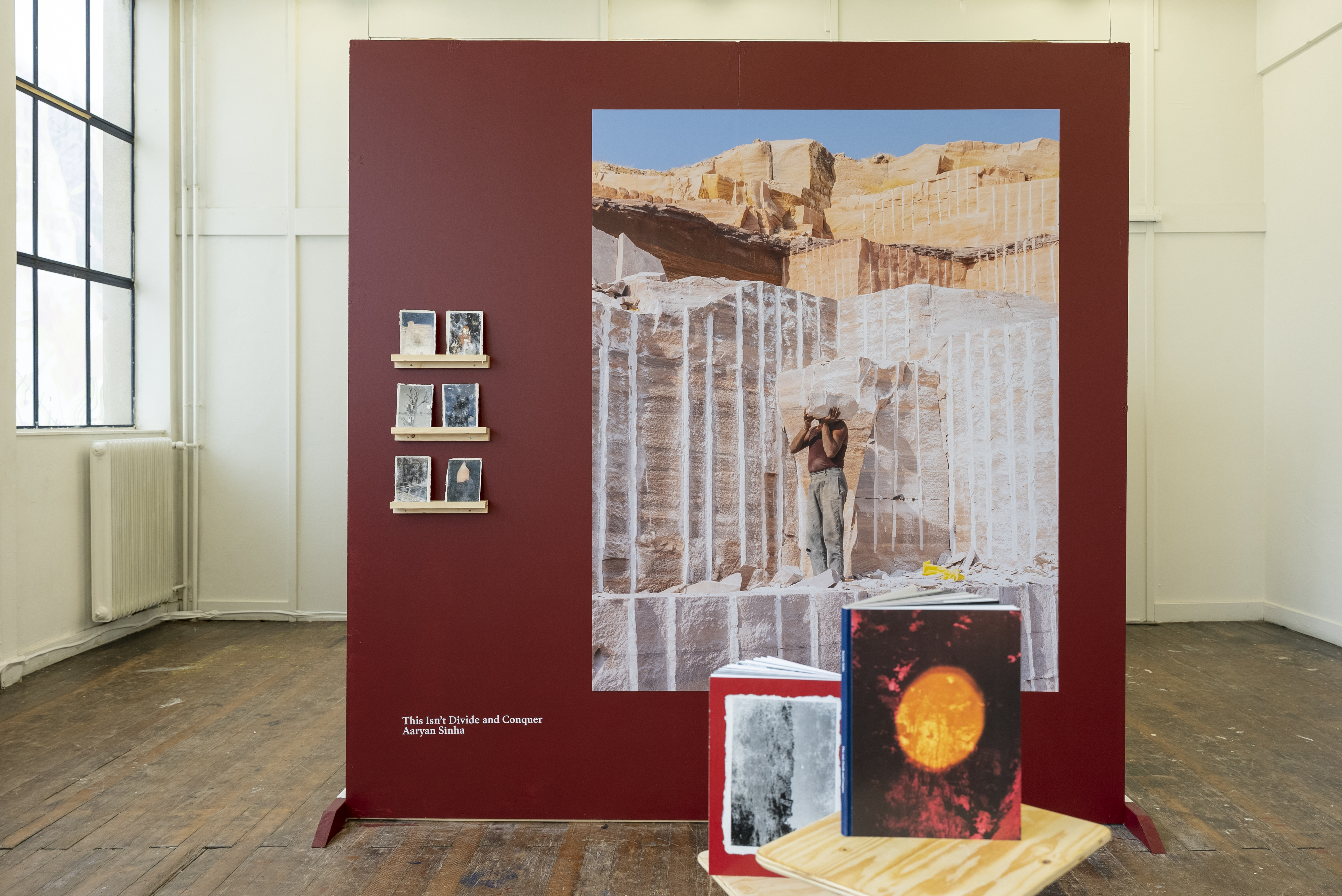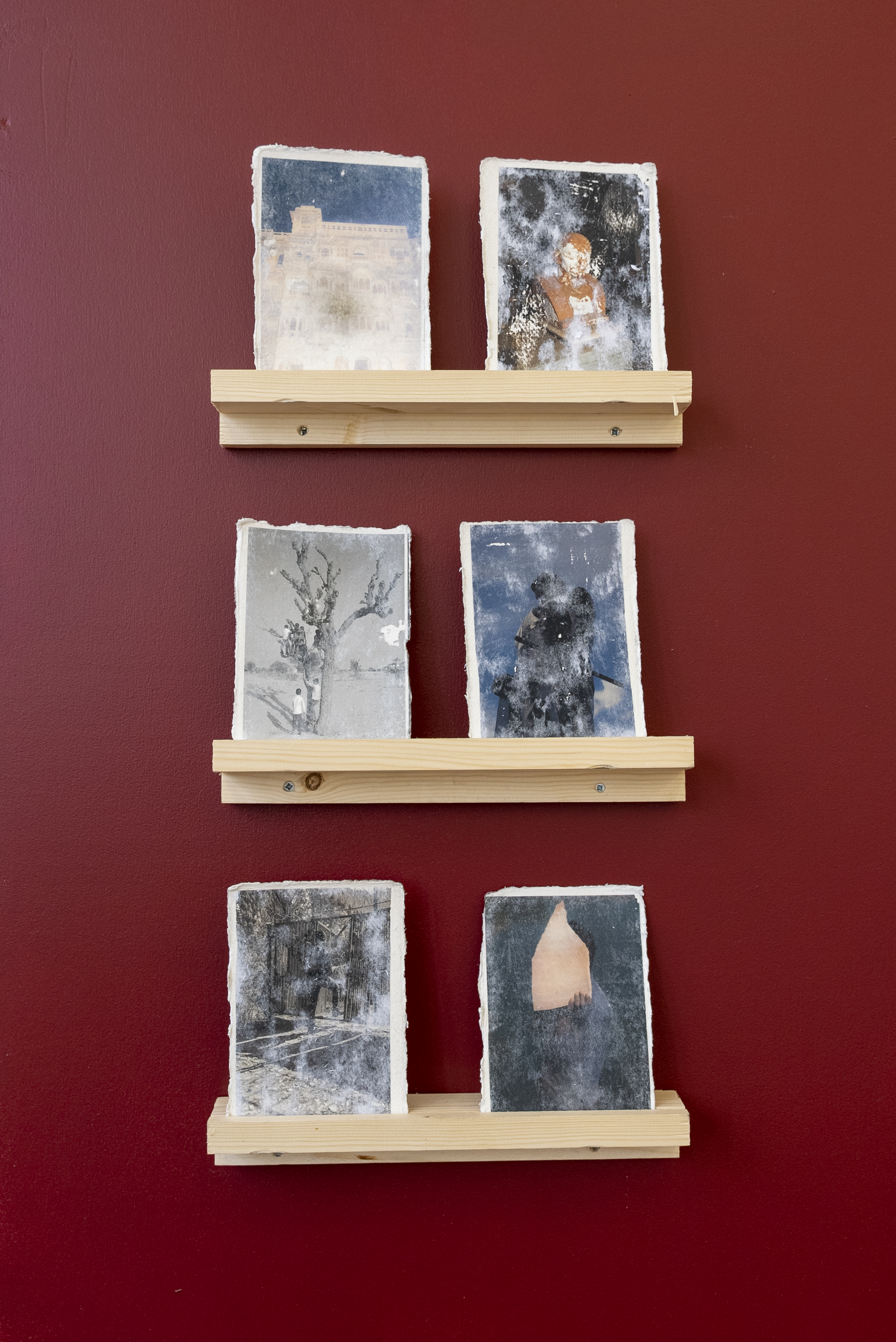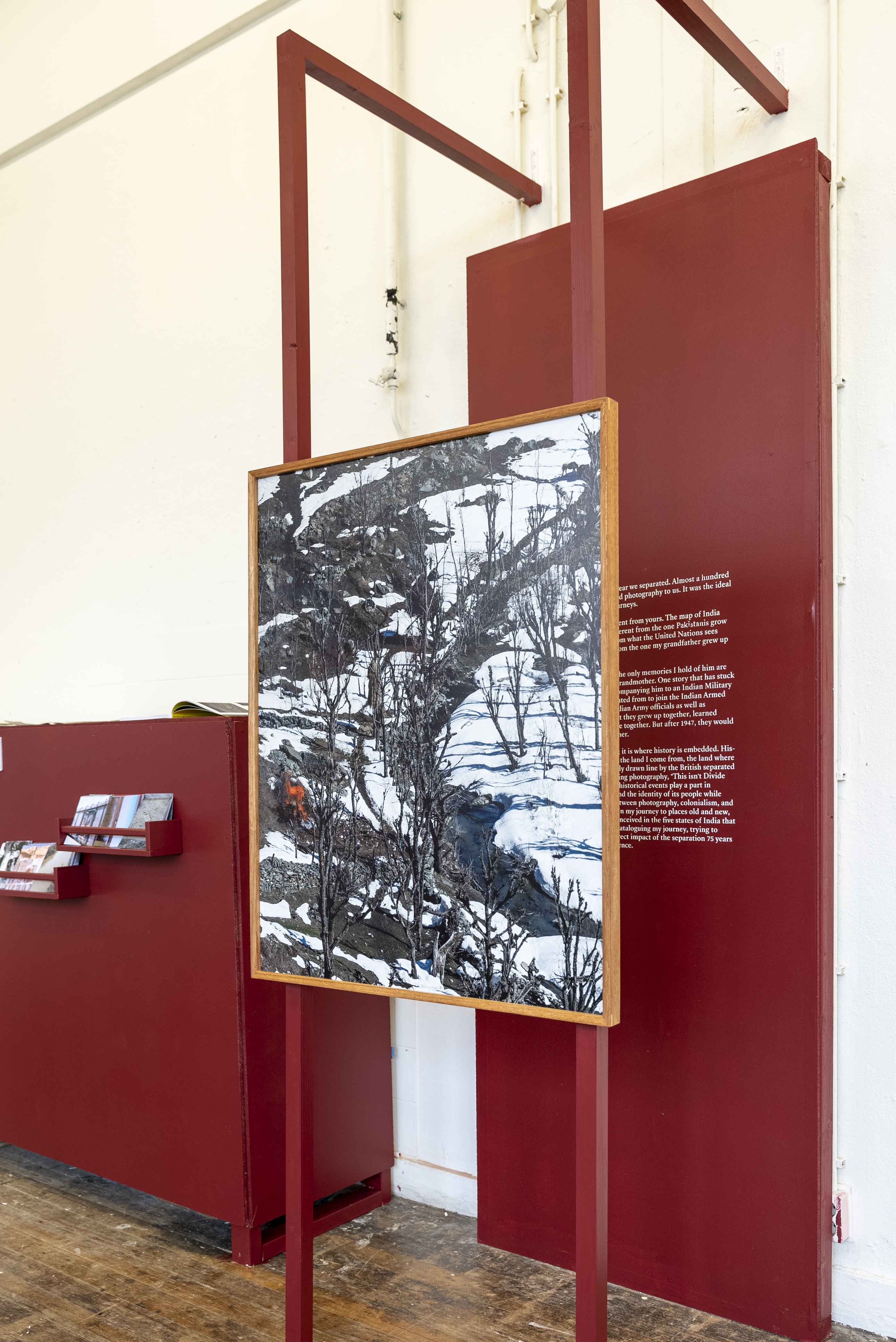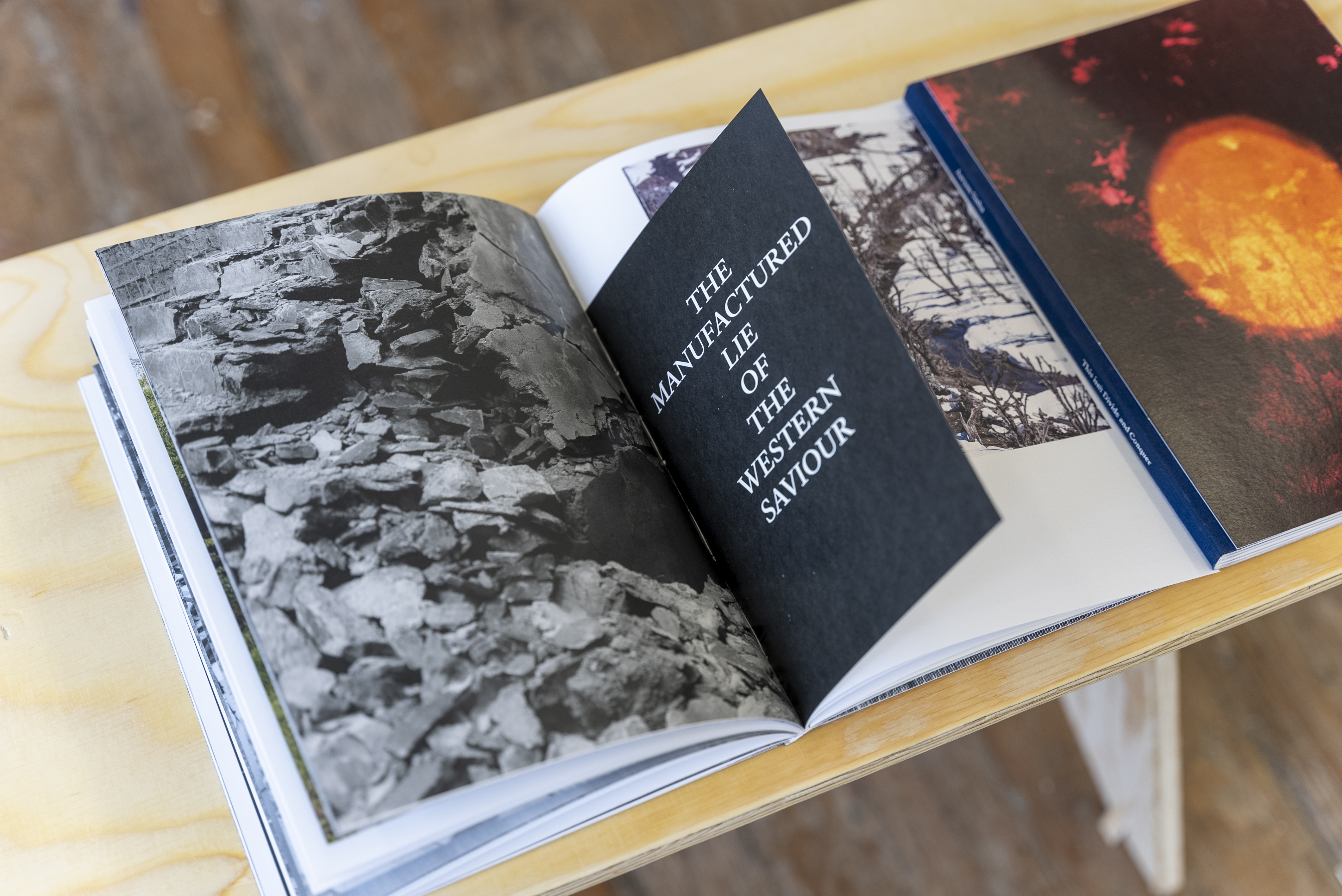



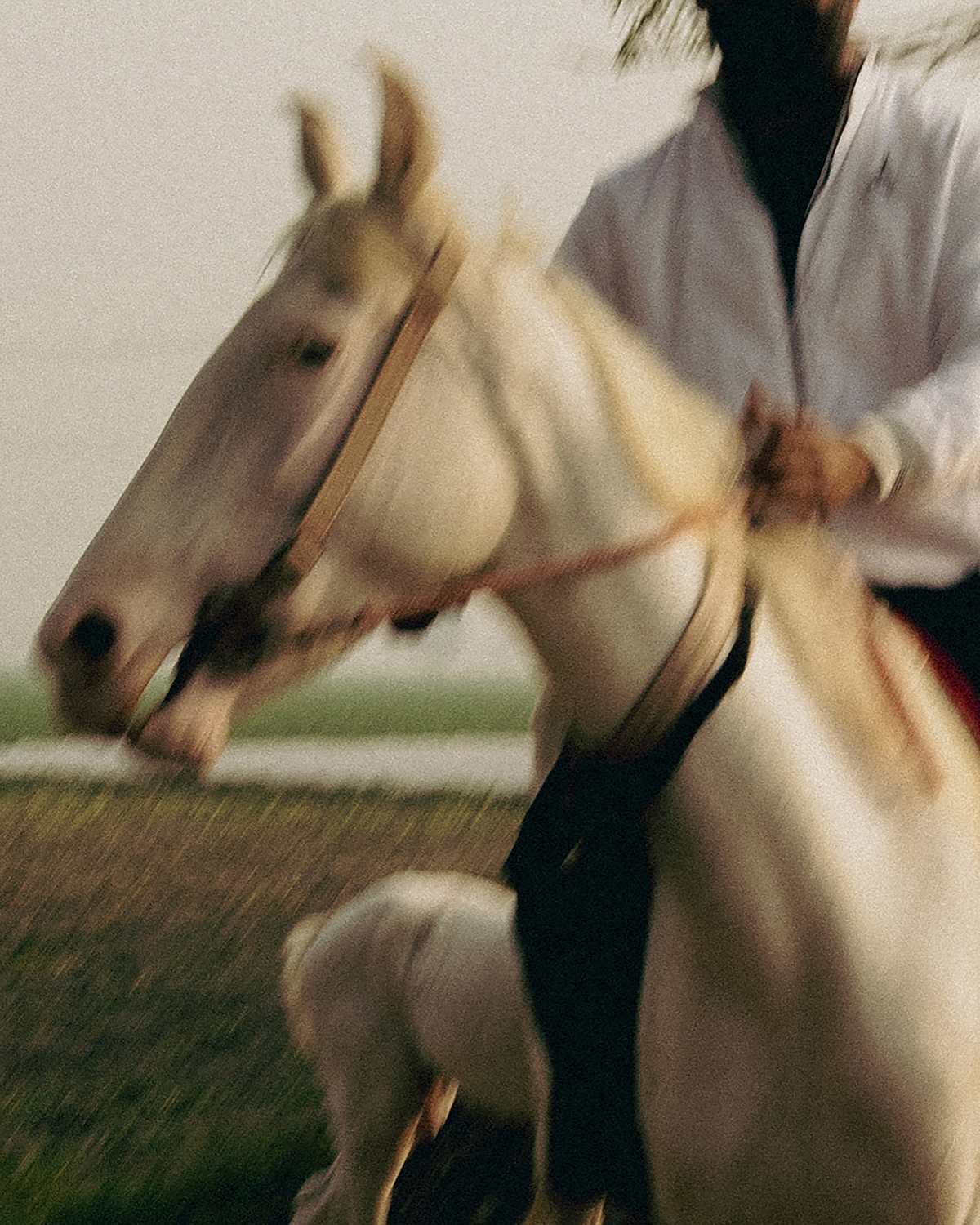








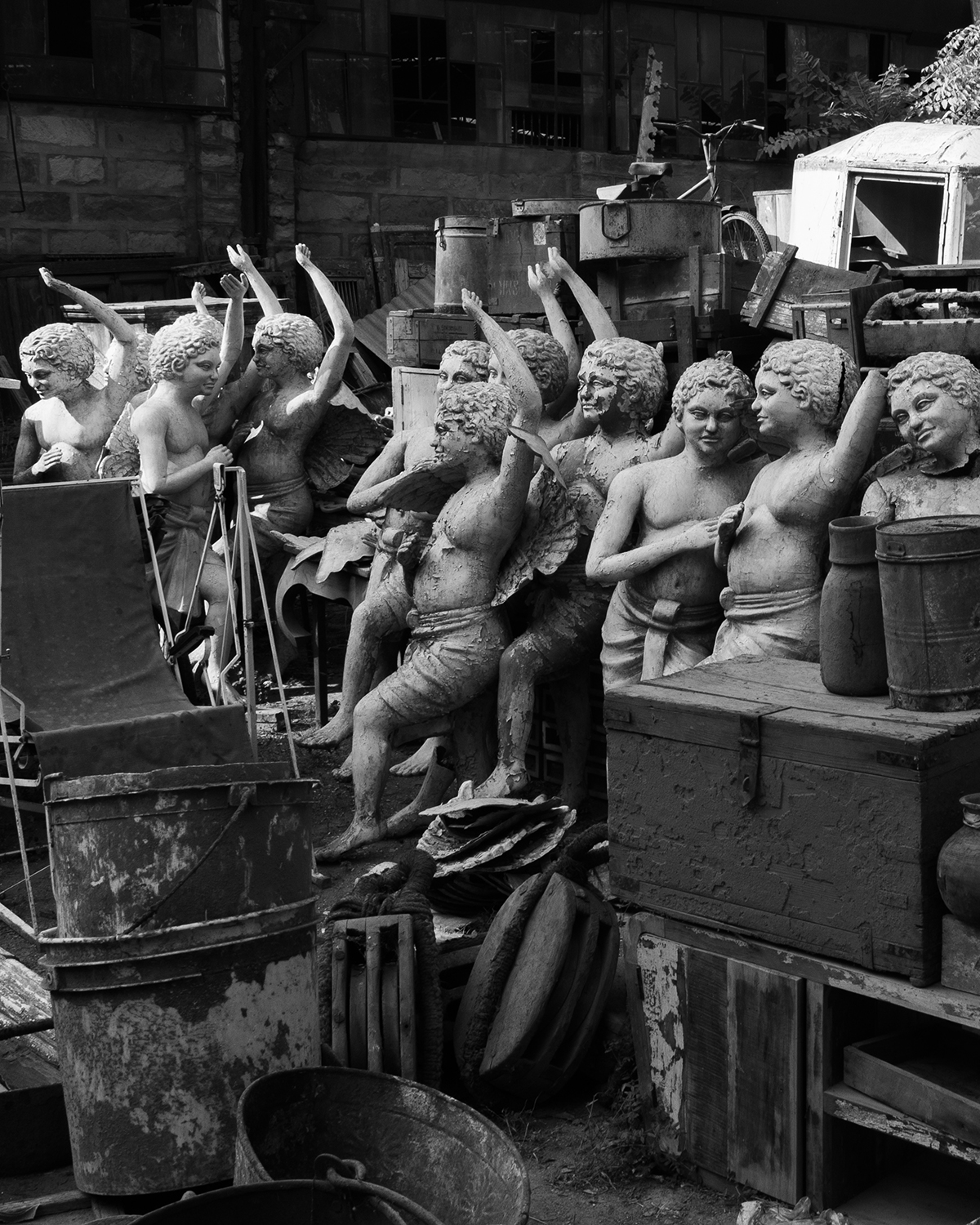


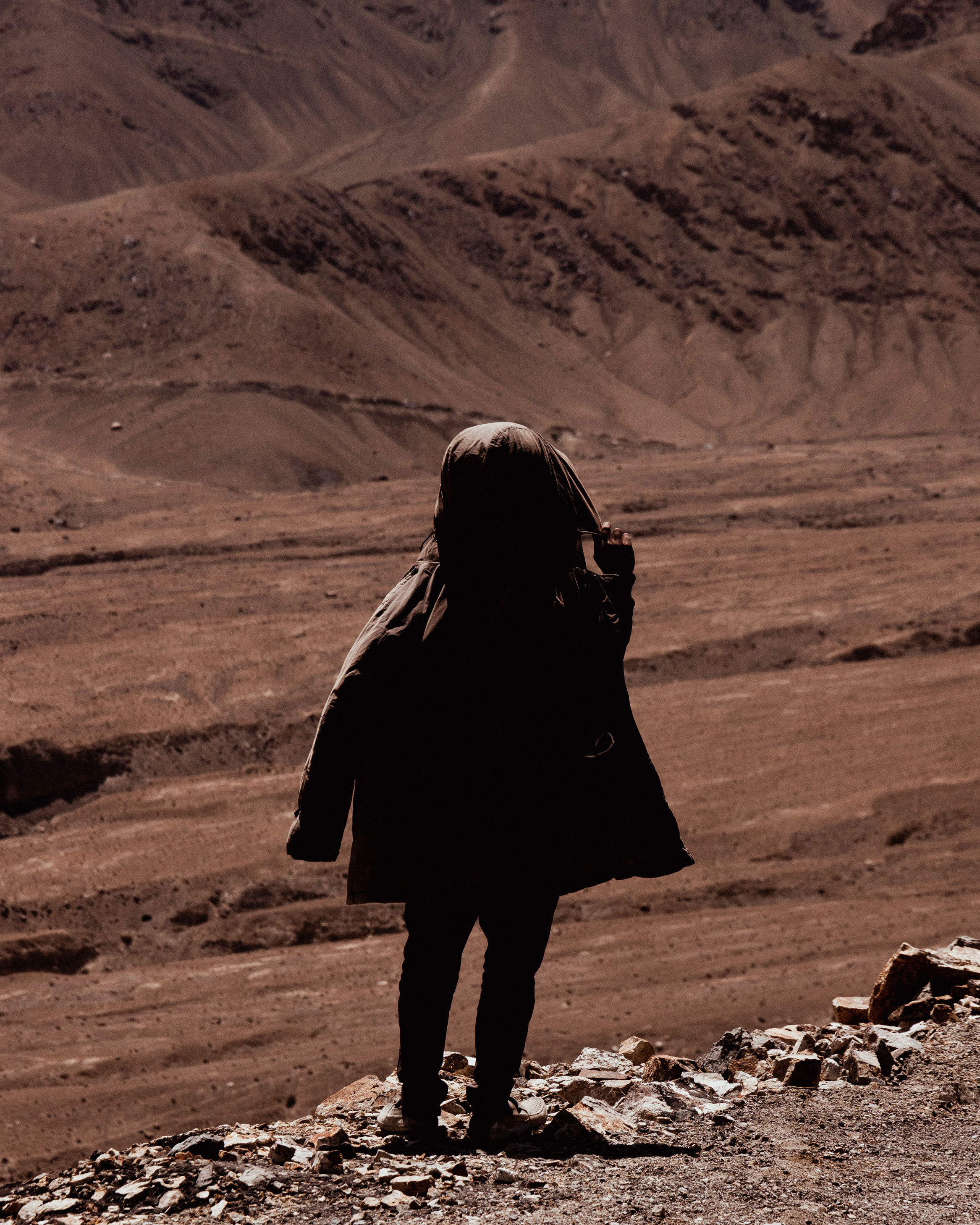


This Isn’t Divide and Conquer is a project rooted in family history that branches out into a journey, across the 5 states of India that share a border with Pakistan. Using photography, the maker attempts to understand how historical events have played a part in shaping the Indian landscape and the ever-changing identity of its people.
The title of the project has historical connotations. Divide and Conquer is a strategy of the British that pitted religious groups against one another. The hope of employing it was that Indians would be busy fighting amongst one another instead of the Imperial British Rule. It was a tactic that led to one of the largest forced migrations of people ever, 14 million people were displaced, and over 1 million people were killed. A moment of time that defined generations. Leading to 4 India Pakistan wars. Countless other lives to be lost and a deep rooted sense of hatred to exist between these two nations. 76 years later, This tactic is being employed once again by the current right wing government of India. As they have successfully managed to polarise different communities based on religious differences and have gained a stronghold on the land of 1.4 billion people.
The title of the project has historical connotations. Divide and Conquer is a strategy of the British that pitted religious groups against one another. The hope of employing it was that Indians would be busy fighting amongst one another instead of the Imperial British Rule. It was a tactic that led to one of the largest forced migrations of people ever, 14 million people were displaced, and over 1 million people were killed. A moment of time that defined generations. Leading to 4 India Pakistan wars. Countless other lives to be lost and a deep rooted sense of hatred to exist between these two nations. 76 years later, This tactic is being employed once again by the current right wing government of India. As they have successfully managed to polarise different communities based on religious differences and have gained a stronghold on the land of 1.4 billion people.
Majority of families in North India has their own story that deals with the partition. The project aims to act as a vessel for the people to share their own stories. The border is what separates us; it is where history is embedded. History that defines the identity of the land I come from, the land where I lost my grandfather. The hastily drawn line by the British separated cities, villages, and families. My paternal grandfather was a part of the Indian Armed Forces, the road to which was from the Indian Military College, formerly called the Royal Indian Military College, where he ate, drank, grew alongside Pakistani Army Officials. However after 1947 they would be face to face against one another in 4 wars. Whilst both my maternal grandparents migrated to India in 1947
In a time of politic division leading to polarisation of the population, the project focuses on similarities rather than differences. Aiming to provide a platform for reflection and dialogue.
In a time of politic division leading to polarisation of the population, the project focuses on similarities rather than differences. Aiming to provide a platform for reflection and dialogue.









